Chicken Pox
- Chicken pox usually starts with the symptoms of a cold including a fever and sore throat, then a couple of days later a rash appears.
- The rash is small red pimples or lumps that rapidly develop into watery blisters.
- The blisters burst and form a yellow crust.
- The rash can be all over the body including on the scalp, around the eyes and in the nose, mouth and (for girls) the vagina.
- The spots keep appearing for 3 or 4 days.
- The incubation time is 11–24 days, i.e. from the time of first exposure to the virus until symptoms develop.
- A child is infectious from 2 days before the spots appear until they have all formed scabs – this can be up to a week later.
- Chicken pox is very infectious and children should stay away from school at least until all the spots have scabbed.
- A vaccine is available and free for children who are 15 months old or children who turn 11 after 1 July 2017 who have never had the vaccine or been infected with chicken pox.
Measles
- Measles is less common nowadays because of vaccination.
- It causes a rash and chest/cold-like infection with a high fever, runny nose and cough.
- Small white spots then appear in the mouth, on the inner cheeks and gums.
- The rash starts as small red spots which slowly join together to form larger red, flat spots. Often it starts behind the ears and spreads to the face and down the body.
- The incubation time is 1–2 weeks, ie. from the time of first exposure to the virus until symptoms develop.
- A child will usually be unwell with measles for 8 to 10 days.
- A child is infectious from when the cold-like symptoms first start.
- Measles is very contagious and is considered a serious disease because of the possibility of complications developing, including pneumonia and encephalitis (inflammation of the lining of the brain).
- Children are vaccinated against measles as part of the MMR (Measles Mumps Rubella) vaccine at 12 months and 15 months.
Mumps
- Mumps cause swelling on either side of the jaw in the salivary glands.
- Swelling usually starts on one side of the face and spreads to the other.
- A child may also have a headache, sore throat, muscle aches, ear ache, fever and generally be unwell.
- The incubation time is 17–19 days, ie. from the time of first exposure to the virus until the time symptoms start to appear.
- Children are infectious from a few days before the swelling starts until the swelling goes down.
- The swelling is usually gone in about 7 days and the child is fully recovered in 10–12 days.
- Children are vaccinated against mumps as part of the MMR (Measles Mumps Rubella) vaccine at 12 months and 15 months.
- Mumps used to be a common childhood illness but is fairly rare now because of vaccination.
Rubella
- Rubella is a viral illness also known as German Measles.
- Rubella may start with the general symptoms of a cold such as a runny nose plus a sore throat, fever and swollen glands.
- A rash then appears as small reddish pink spots, which slowly join together like normal measles starting first on the face and neck then spreading to the rest of the body, especially the chest.
- The incubation time is 2–3 weeks, ie. from the time of first exposure to the virus until symptoms develop.
- A child is infectious from 7 days before the rash appears until about a week after it disappears.
- Rubella is especially dangerous to unborn children and any child with Rubella should be kept away from pregnant women.
- Children are vaccinated against Rubella as part of the MMR (Measles Mumps Rubella) vaccine at 12 months and 15 months.
- Rubella used to be a common childhood illness but is fairly rare now because of vaccination.
Slap Cheek
- Slap Cheek is a viral illness also called parvovirus (but is different to the parvovirus that can be carried by cats and dogs).
- Slap cheek starts with general symptoms, which might include fever, headache, muscle aches, sore throat, runny nose, tiredness, tummy ache, etc, that last for 2–3 days.
- There may then be a period of about a week when the child has no symptoms before a rash appears.
- The rash typically occurs on the cheeks and is described as bright red and raised, making the child look as if they have been slapped on the cheek.
- After a few days a pink, blotchy and often itchy rash appears on the upper parts of the arms and legs. It may also be described as lacy or net-like.
- The rash may fade and flare-up especially with changes in temperature, eg. from a bath, exercise or being out in the sun.
- The incubation time is 5–20 days, ie. from the time of first exposure to the virus until symptoms develop.
- Children are infectious for 5–6 days before the rash appears. Once the rash appears a child is no longer infectious.
Slap cheek or parvovirus can be harmful to an unborn baby, if the mother contracts it during pregnancy. If your child has developed slap cheek and has been in contact with anyone who is or might be pregnant, advise that person to inform their doctor or midwife, who will monitor the pregnancy.
Prevention and treatment
When a child is in the early stages of a viral illness it can be hard to tell exactly what is wrong with them as often their symptoms will be non-specific – they might have a slight fever or runny nose and be generally unwell. These symptoms may last for 1–2 days before other symptoms specific to an illness appear.
1. For the first few days – watch, wait and record
- Sick children act sick – generally they don’t run around or want to eat as much as usual, they may be clingy, whiney or just not themselves.
- Watch for new symptoms, eg. a cough or rash. Write down when it appears.
- Take the child’s temperature. Normal temperature is 36–37ºC so a fever is any temperature higher than this. Temperature varies from one child to another so it helps to know your child’s ‘normal’ temperature when they are well. A temperature above 38ºC is significant.
2. Give medicines to reduce temperature if necessary
- Fever is one way the body fights an illness and may help to shorten the period of an illness so it is not always necessary to treat a fever.
- If a child is distressed with a fever, you can give them paracetamol or ibuprofen; both medicines relieve pain and reduce fever.
- Always check the correct dose of a medicine. The right dose is based on your child’s weight and so changes as a child grows. Telephone your pharmacist if you are unsure of a dose.
- Write down the name of the medicine, how much you give and at what time. This is especially important if more than one person is caring for a child or if one carer takes over from another.
- A maximum of four doses of paracetamol can be given in 24 hours (at a frequency of every 4 to 6 hours).
- A maximum of three doses of ibuprofen can be given in 24 hours (at a frequency of every 6 to 8 hours).
3. Keep your child comfortable
- Let your child rest if they want to. They don’t have to be in bed; a bed made up on the couch where they feel they are near an adult may be better. Let them watch TV or read a story.
- Keep the room temperature comfortable – not too hot or cold.
- Dress the child in light, loose-fitting, preferably cotton clothing. Remove heavy duvets or blankets.
- Ensure the child has plenty to drink. Small sips are better than one big drink. Offer them water, jelly, ice cubes or ice blocks to suck.
- Don’t worry if they don’t want to eat as long as they keep drinking lots of fluid.
4. Help relieve an itchy rash
- Cool the skin with a cool wet flannel or towel.
- Put the child in a bath with Pinetarsol added.
- Pinetarsol or similar lotions such as aloe vera gel or a wound dressing product such as Solugel will also help soothe and calm itchy skin.
- Keep the child’s fingernails short to help prevent damage from scratching which may lead to secondary infection.
- Antihistamine medicines may help if itching is bad, especially at night.
5. See a doctor
- If a child’s temperature becomes very high (above 40°C) and you cannot get it lower.
- If a child is very sleepy or hard to wake up.
- If a child refuses anything to drink or you think they might be dehydrated, ie. if they have not passed urine for several hours.
- If a child is coughing up thick green/yellow phlegm and/or it hurts to cough or they have pain in their upper back.
- If a child is less than one year old and has any of these illnesses.
- If a child has other symptoms you are worried about, such as a headache, or if they are breathless, limp or have a stiff neck.
- You are concerned a child is not getting better.
A child’s health can change very quickly and the old saying of “if in doubt check it out” always applies to sick children!
Meningitis – the possibility of a child having meningitis is a real concern for parents. Fever is the most common symptom of meningitis. Other symptoms include a stiff neck, vomiting, drowsiness and a rash or spots described as being red-purple and blotchy. A child may not have all these symptoms. The child may be generally unwell for a few days then quickly become very sick. Do not hesitate to get medical help if meningitis is suspected.







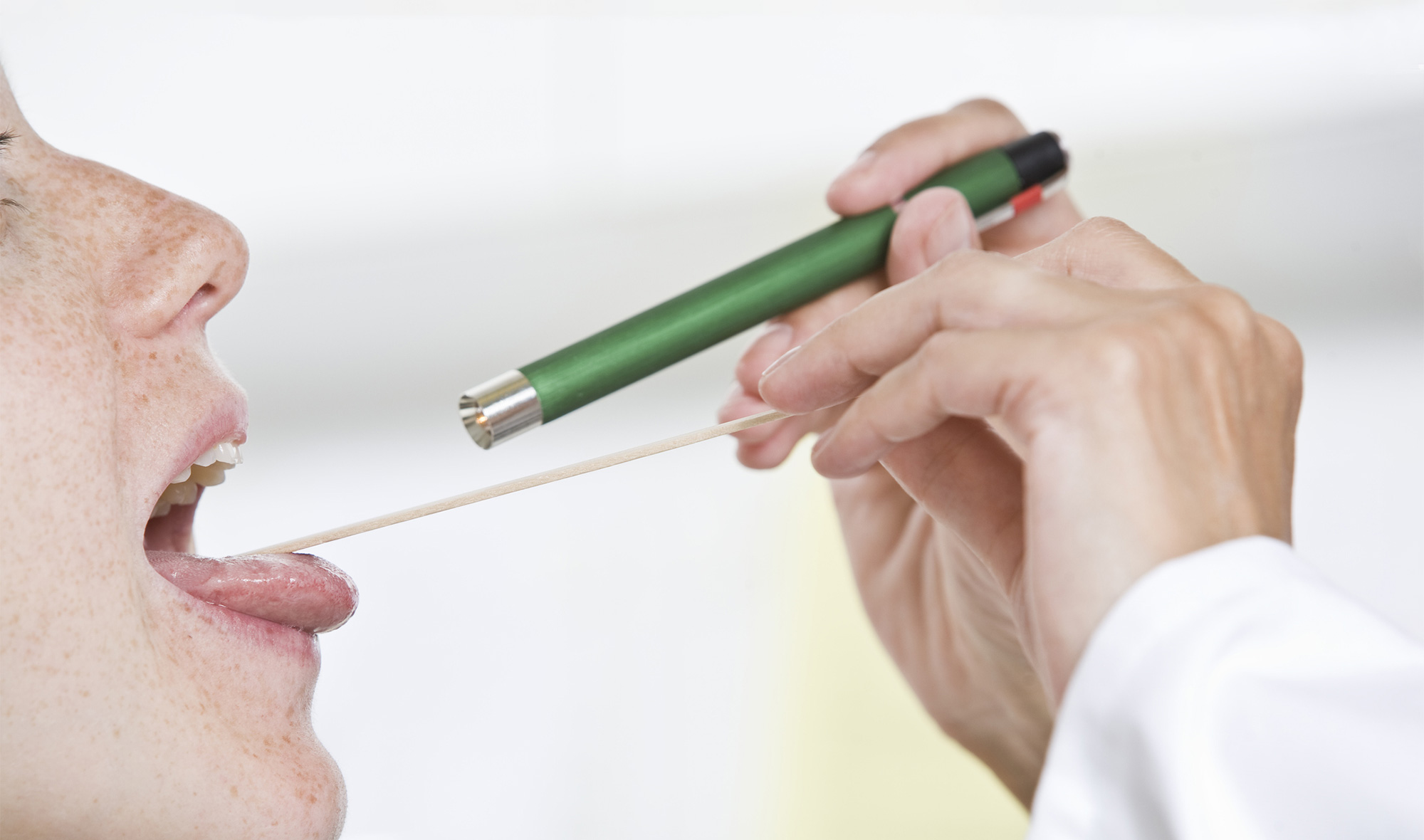
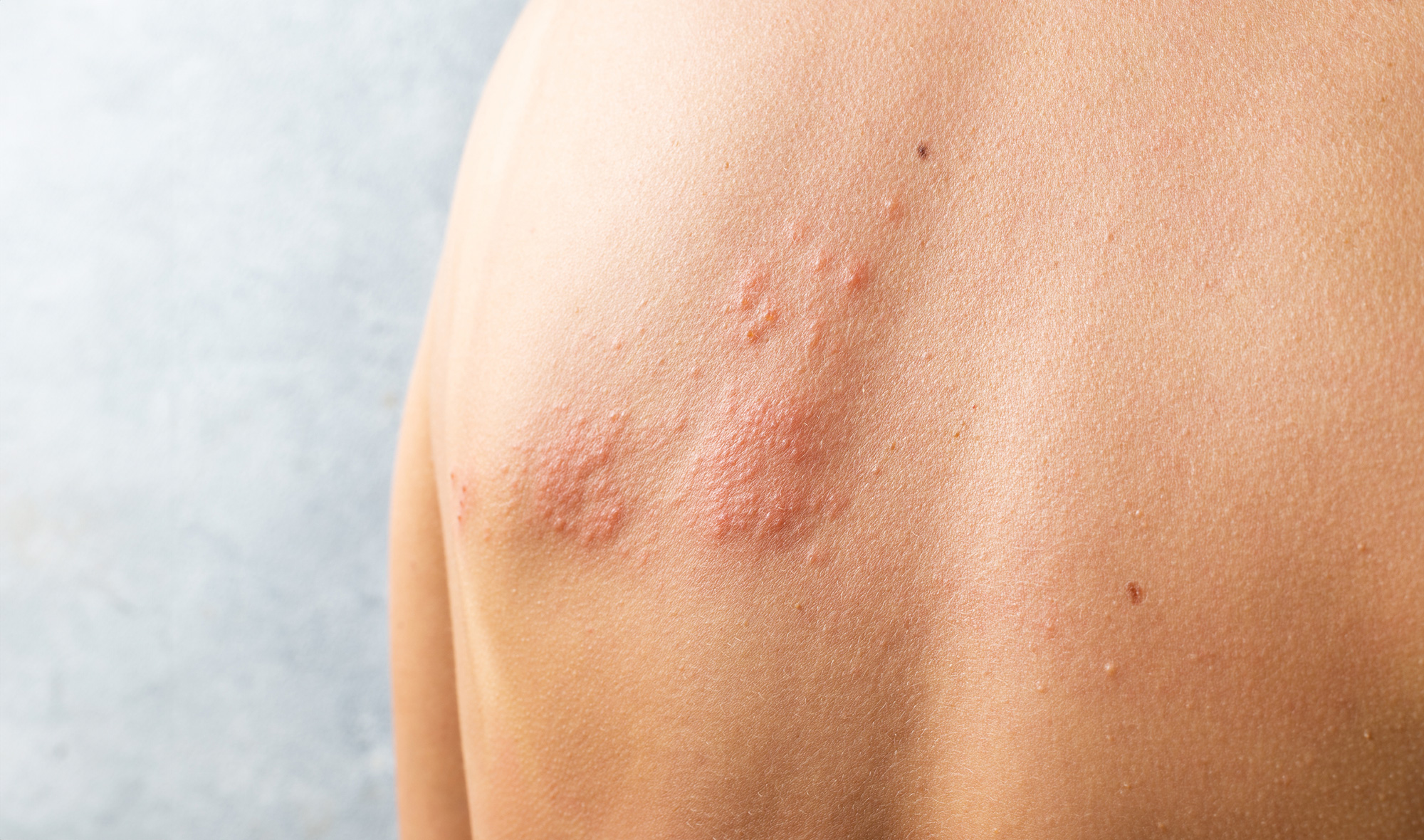
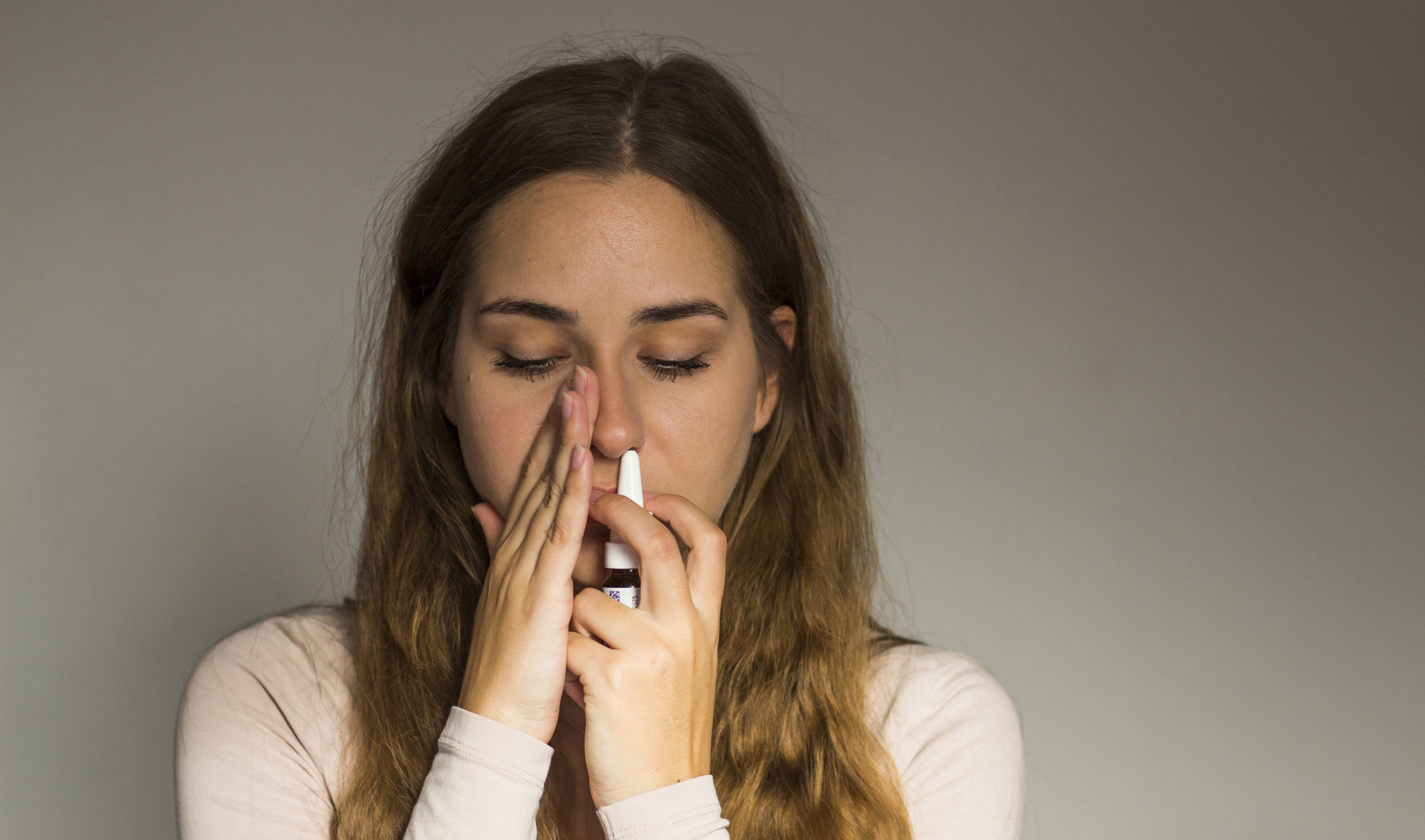
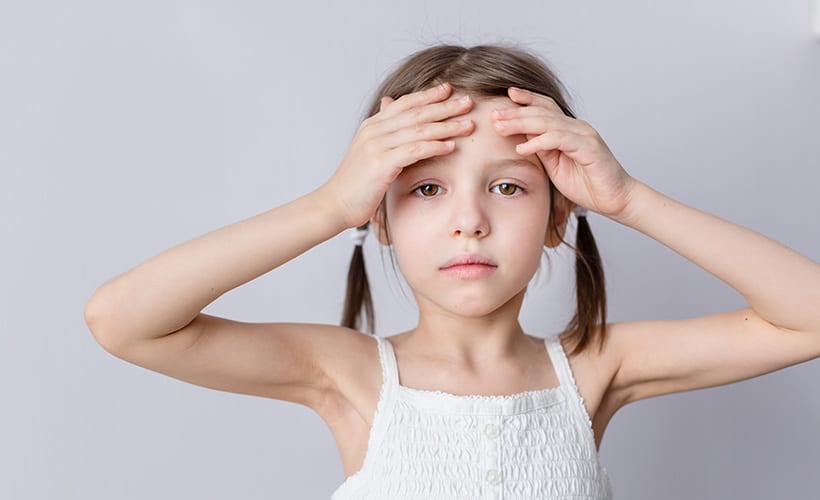



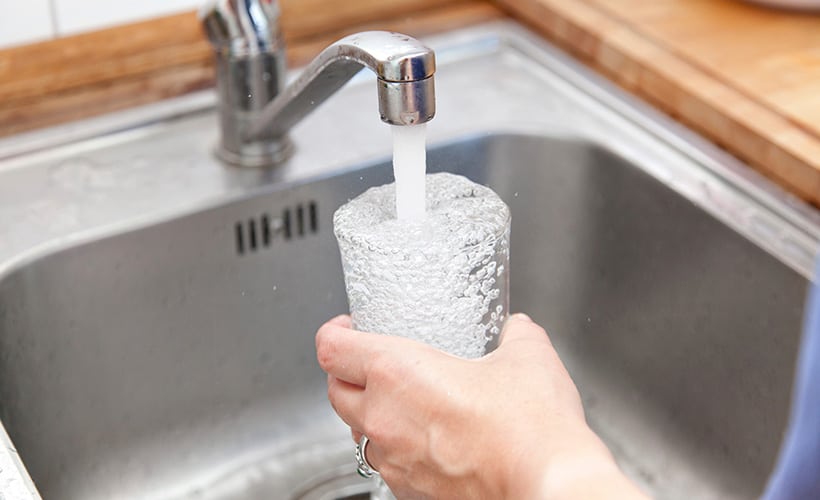


Community